Scalability?: ?Think in Terms Of TCO
DZone
JUNE 12, 2019
A system that has the ability to easily scale resources to meet the increasing workload without affecting the performance is known as a scalable system. To make an easy-to-scale system, it is crucial to have an evolutionary way of thinking about the software development cycle.



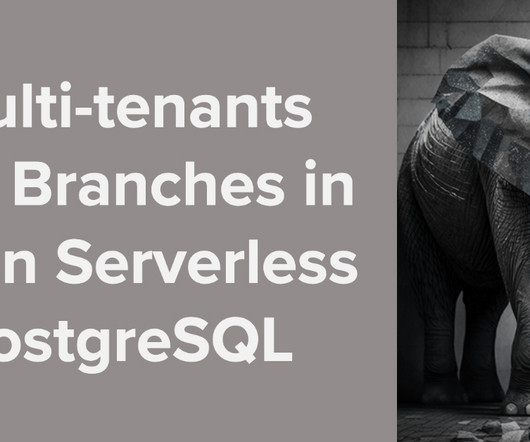
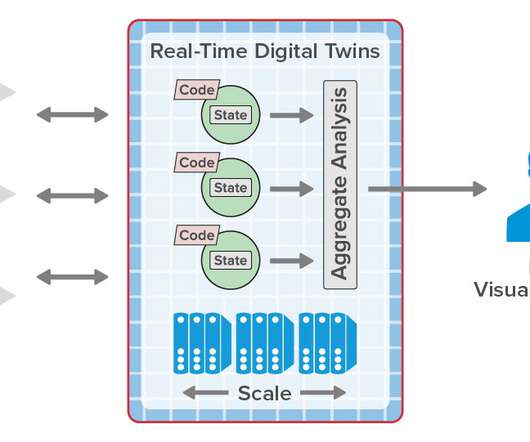





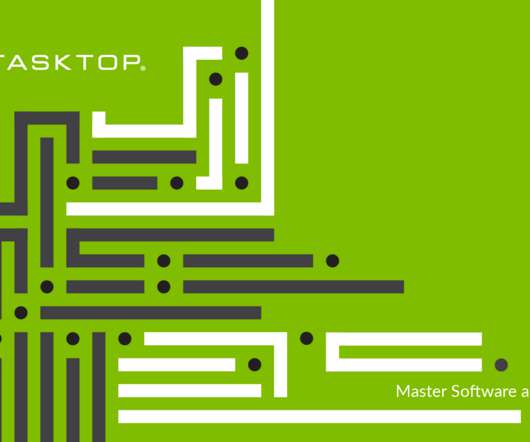





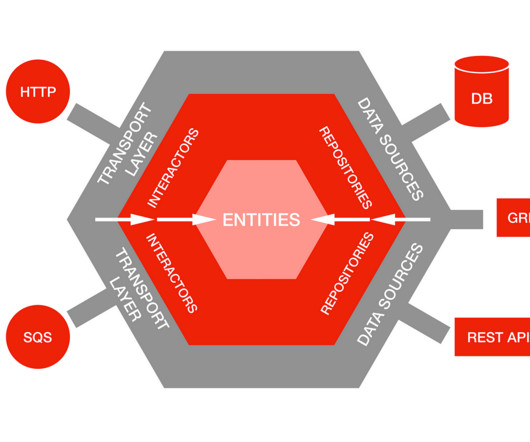


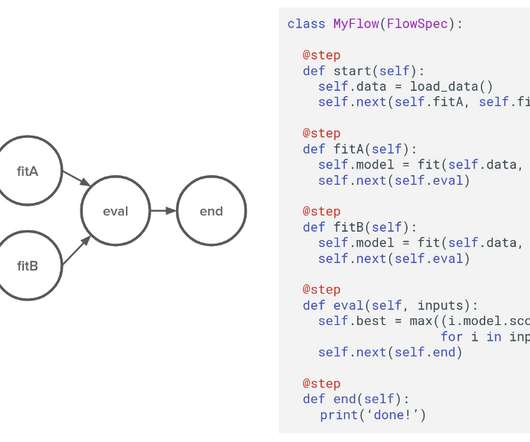
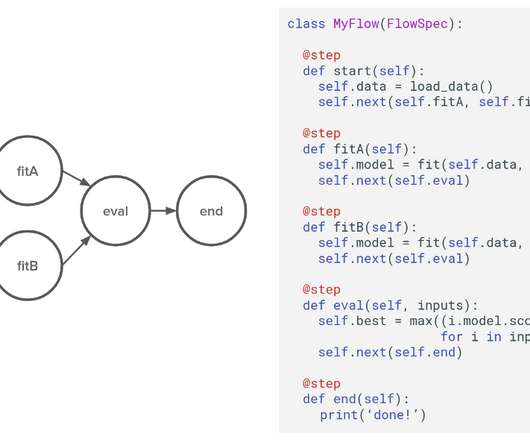









Let's personalize your content